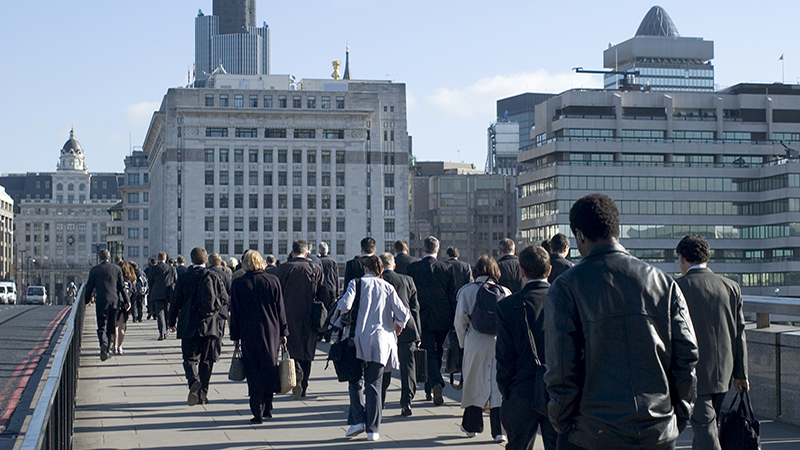Unemployment in the UK has risen to 4.5% after having hovered at 4.4% since November last year, according to the latest findings by the Office for National Statistics (ONS).
The increase occurred after a 53,000 drop in the number of payrolled employees in the quarter. Job vacancies fell in tandem by 42,000 to 761,000 throughout the first three months of the year.
Yet Joe Nellis, economic adviser at MHA, expects unemployment in the UK to reach as high as 5% in the coming months as Chancellor Rachel Reeves’ tax changes come into effect.
She lowered the earnings threshold at which companies contribute to their workers’ National Insurance from £9,100 to £5,000, which could result in rising unemployment.
See also: Treasury to launch ISA reform consultation — reports
Nellis said: “With these increased pressures on the labour market, we will finally begin to see some movement in unemployment, although not in a positive direction. As increased costs bear down on employers, jobs may be lost and recruitment will slow, and unemployment will lurch upwards towards 5%.
“Unemployment was last at 5% in April 2021 as we emerged from lockdown, but we are likely to reach this figure again by the end of the year.”
However, it’s not all doom and gloom for the UK economy, according to Aberdeen’s deputy chief economist Luke Bartholomew. He highlighted that factors such as the UK’s recent trade deal with the US and strong nominal earnings growth of 5.5% for workers paint a more mixed picture.
“While the labour market continues to slow, and there is some evidence of the impact of the increase in national insurance and in the HMRC payrolls data, there is nothing to suggest it immediately fell off a cliff in response to the shock,” Bartholomew added.
See also: Bank of England cuts interest rates to 4.25%
“Combined with the better trade news recently, there is nothing here to make the Bank of England regret its decision to say the easing cycle will continue to be only gradual.”
Nevertheless, Quilter investment strategist Lindsay James said there is certainly room for unemployment to continue to rise. Much of this will be dependent on the UK’s GDP growth, with the latest figures due to release on Thursday.
James said: “With the changes to national insurance now bedded in and the full details of the trade deal still to be ironed out, businesses are still facing challenges, and we could see the labour market weaken further in the coming months as a result.
This story was written by our sister title, Portfolio Adviser








